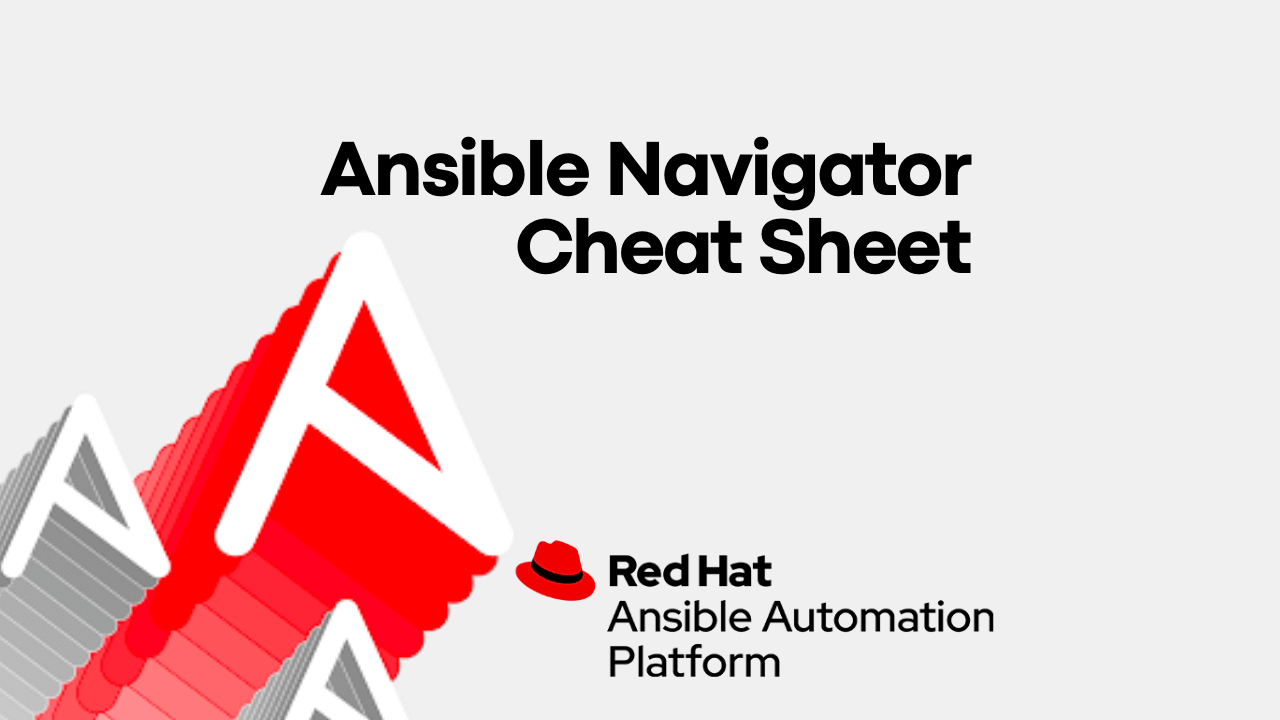Where Should You Keep Your Ansible Collection?
-
 Gineesh Madapparambath
Gineesh Madapparambath
- Ansible, Ansible resources, Automation
- January 19, 2025

Simplifying Automation with Organized Collections
Introduction
Ansible Content Collections revolutionize automation content management by offering a simplified, consistent, and portable way to deliver modules, roles, and playbooks. Their versioning and reusability enable better collaboration and seamless integration into various workflows.
But where should you store your Ansible Collections? The answer depends on your specific use case. Let’s explore the options.
What Are Content Collections?
Ansible Content Collections bundle automation content like modules, roles, and playbooks into portable, reusable, and versioned packages. These Collections:
- Simplify content delivery.
- Promote collaboration.
- Enhance portability across systems and environments.
Where Can Collections Exist?
1. In Execution Environments
Execution Environments (EEs) are container images that package all dependencies, including Ansible Collections, plugins, and Python libraries, into a consistent runtime.
To create or customize an EE, use the ansible-builder tool to define the necessary dependencies and build the container image. Collections included in the EE are automatically available wherever the container runs.
This is the most robust method, especially for environments managed via the Red Hat Ansible Automation Platform.
2. In a System Path
You can store Collections in a directory on the system and configure the ansible.cfg file to point to it.
Example ansible.cfg :
COLLECTIONS_PATHS = ./collections:~/.ansible/collections:/usr/share/ansible/collections
Caution: This approach is less suited for multi-node setups, such as Red Hat Ansible Automation Platform, as mounting local directories across multiple execution nodes is challenging.
3. In the Playbook Path
Collections can also reside alongside the playbook in a dedicated collections directory.
Steps:
- Create a
collectionsdirectory in the same folder as your playbook. - Update the
ansible.cfgfile:
...
COLLECTIONS_PATHS = ./collections:~/.ansible/collections:/usr/share/ansible/collections
...
This approach ensures collections travel with your playbook, simplifying portability and reducing dependency concerns.
4. Defined in requirements.yml
For larger or distributed setups, define Collections in a requirements.yml file and let Ansible fetch them from a source such as:
- Ansible Galaxy
- Private Automation Hub
- Git repositories
Example requirements.yml :
collections:
- name: https://github.com/iamgini/ansible-collections-in-git-demo.git#/azure-azcollection-1.18.1/
type: git
- name: https://github.com/iamgini/ansible-collections-in-git-demo.git#/community-general-7.4.0/
type: git
- name: cisco.ios
version: 5.2.0
source: https://galaxy.ansible.com
- name: amazon.aws
version: 6.5.0
source: https://aap.example.local/api/galaxy/content/rh-certified/
The requirements.yml method is highly recommended for automation environments as it integrates seamlessly with automation controllers.
5. Hybrid Approaches
It’s possible to combine methods to suit your needs. For instance:
- Use private Collections locally while fetching others from Ansible Galaxy.
- Mix Execution Environments with playbook-specific Collections for better flexibility.
Ensure the COLLECTIONS_PATHS variable is updated to reflect your hybrid setup.
Conclusion
Choosing the right location for your Ansible Collections depends on your workflow and infrastructure. Whether you use Execution Environments for streamlined containerized automation or manage Collections alongside your playbooks for portability, proper organization ensures a smoother automation experience.
Where do you keep your Ansible Collections? Let us know in the comments!

Gineesh Madapparambath
Gineesh Madapparambath is the founder of techbeatly. He is the co-author of The Kubernetes Bible, Second Edition and the author of Ansible for Real Life Automation. He has worked as a Systems Engineer, Automation Specialist, and content author. His primary focus is on Ansible Automation, Containerisation (OpenShift & Kubernetes), and Infrastructure as Code (Terraform). (Read more: iamgini.com)
Note
Disclaimer: The views expressed and the content shared in all published articles on this website are solely those of the respective authors, and they do not necessarily reflect the views of the author’s employer or the techbeatly platform. We strive to ensure the accuracy and validity of the content published on our website. However, we cannot guarantee the absolute correctness or completeness of the information provided. It is the responsibility of the readers and users of this website to verify the accuracy and appropriateness of any information or opinions expressed within the articles. If you come across any content that you believe to be incorrect or invalid, please contact us immediately so that we can address the issue promptly.
Tags :
- Ansible
- Ansible resources
- Automation
- Dev ops
- Ansible automation platform
- Ansible best practices
- Ansible collections
- Ansible content collections
- Ansible galaxy
- Ansible tips
- Ansible builder
- Automation workflow
- Collections management
- Configuration management
- Devops
- Execution environments
- It automation
- Playbook directory
- Portable automation
- Private automation hub
- Requirements file
- Reusable automation
- System path

